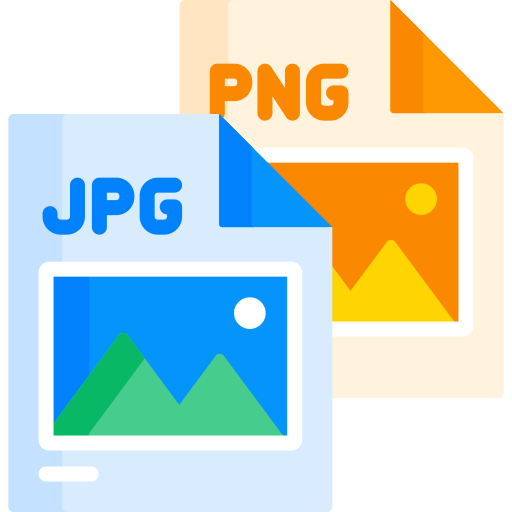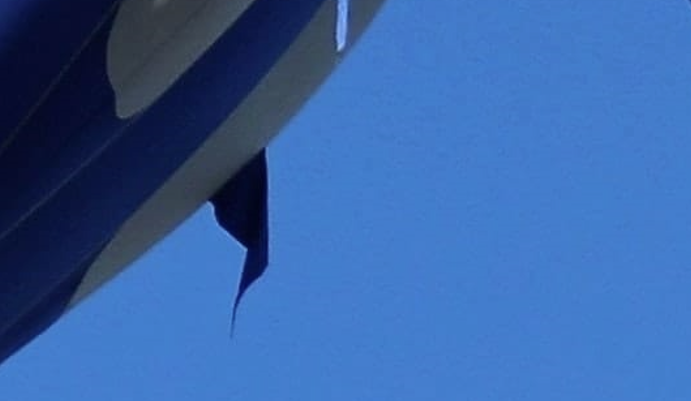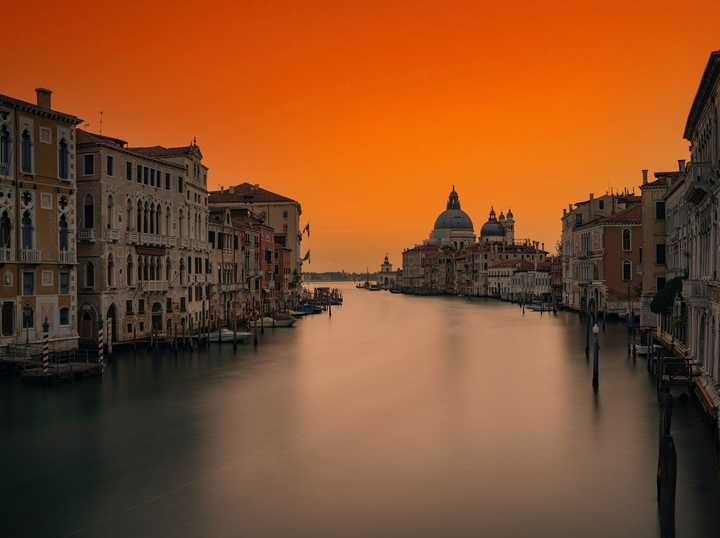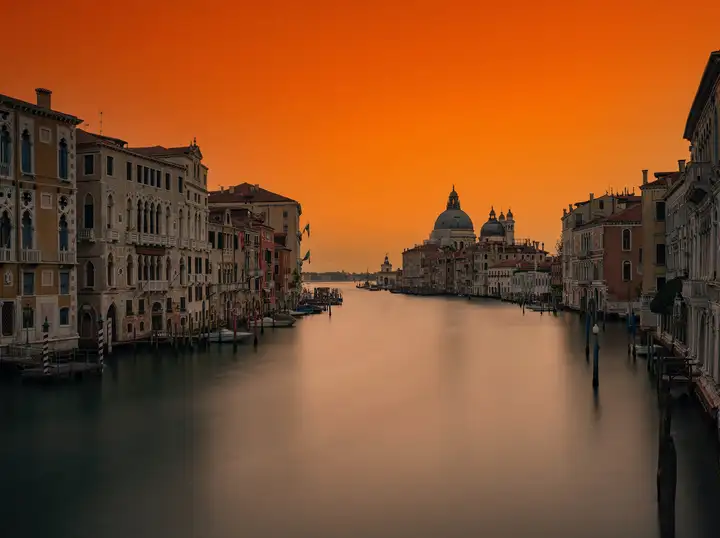What is the difference between jpg, jpeg, png?
Images are ubiquitous in daily life, with JPG and PNG being the two most widely used image formats. However, most people only use them without understanding how they are created or their characteristics. This article will provide an in-depth analysis of the standards, comparisons, and use cases of JPG and PNG to give you a clear understanding.
The discussion will focus on the following aspects:
1. What is JPG or JPEG
2. What is PNG
3. The impact of JPG image quality on visuals
4. Two loading methods for JPG
5. Compression methods of JPG vs. PNG
6. Differences between JPG and PNG in screenshots
7. Comprehensive comparison of JPG and PNG
8. Best use cases for JPG and PNG
9. Extensions of JPG and PNG formats
10. Common questions about JPG and PNG

1. What is JPG or JPEG
JPG stands for Joint Photographic Expert Group, a compression standard developed by the International Organization for Standardization (ISO) for continuous-tone still images. JPEG is the official file extension for JPG. Due to the 8.3 naming convention in early systems like DOS and Windows 95, which only supported three-character extensions, .JPG was adopted for compatibility. Mac systems, which did not limit extension lengths, used .JPEG. Although modern Windows systems now support longer extensions, the .JPG convention has persisted due to historical usage and compatibility considerations, making it more popular today.
2. What is PNG
PNG stands for Portable Network Graphics, developed in 1994 by a working group of the World Wide Web Consortium (W3C) and later standardized as ISO/IEC 15948:2003. PNG was designed as a modern, free alternative to the GIF format. Like GIF, PNG includes an alpha channel for defining transparent areas in images. However, unlike GIF, which is limited to 256 colors and only allows one transparent color, PNG provides a true Alpha channel, enabling partial transparency.
3. The Impact of Compression on JPG Image Quality
Generally, the higher the compression rate of a JPG image, the lower its quality. However, the relationship between compression level and file size is not linear. Compression that barely affects image quality can still significantly reduce file size. Image compression is specified as a quality value, where 100 represents uncompressed 100% quality. Most cameras and smartphones save JPG photos at a standard quality of 95. For example, an uncompressed photo with a resolution of 4,037 x 2,691 pixels and a size of 20 MB can be reduced to less than 1 MB at quality 95, with almost no noticeable loss in clarity or color information.


When compressed to quality 70, the file size drops to 373 KB, with negligible differences in clarity compared to quality 95.


Excessive compression significantly degrades image quality without much reduction in file size. Further compressing the image to quality 30 (200 KB) results in uneven color transitions, such as in the sky's blue gradient.


Enlarging a quality 70 image reveals noticeable clarity loss. This demonstrates that JPG quality differences become evident when images are enlarged, which is why JPG quality settings should not be altered for printing.


4. Progressive Loading in JPG
JPG files can be saved in two formats: Baseline JPG (sequential loading) and Progressive JPG (progressive loading). Both formats have the same dimensions, image data, and extensions, differing only in their loading methods. Baseline JPG stores data from top to bottom, displaying the image line by line as it loads. For large files or slow networks, this results in a line-by-line loading effect. Progressive JPG, however, includes multiple scans stored in the file. When opened, it first displays a blurred outline of the entire image, gradually sharpening with each scan. This method is advantageous for slow networks, as users can see the image's general outline while it loads. Most modern websites use Progressive JPG for larger images.
5. Compression Methods: JPG vs. PNG
JPG uses lossy compression—meaning some image data is permanently discarded during compression, potentially degrading quality over repeated edits and saves.
PNG uses lossless compression, preserving all data regardless of how many times the file is edited or saved. The image remains sharp and undistorted.
For low-contrast images with smooth color transitions, high noise, and irregular structures, PNG files are significantly larger than JPG with minimal quality improvement. Conversely, for text, lines, or images with large uniform color areas, PNG compresses better than JPG without the artifacts seen in high-contrast JPG images.
6. JPG vs. PNG in Screenshots
Screenshots are best saved in PNG format, the default for most screenshot tools. Mobile devices typically save screenshots as PNGs because screenshots often contain sharp edges, clear lines, and solid color areas—weaknesses of JPG. Below is a comparison of JPG and PNG in screenshots.
JPG screenshots exhibit noticeable artifacts in solid-color areas.
PNG screenshots are nearly identical to the original interface.
7. Comprehensive Comparison of JPG and PNG
| JPG | PNG | |
| Compression | Lossy | Lossless |
| File Size | Small, depends on compression | Significantly larger than JPG |
| Loading Method | Supports progressive loading | No progressive loading |
| Transparency | Not supported | Alpha channel |
| Lossless Editing | Not supported | Supported |
| Metadata | EXIF and IPTC standards | Possible but not standardized |
| Max Image Size | Long edge: 65,535 pixels |
Theoretically unlimited
8. Best Use Cases for JPG and PNG
JPG is ideal for photographs, where compression artifacts are hardly noticeable in landscapes or portraits. Its small size makes it suitable for websites and online sharing.


PNG is best for graphics with sharp edges and solid colors, such as screenshots, icons, and images requiring transparency.


9. JPG and PNG Format Extensions:
JPEG 2000
Incompatible with the original JPEG format, it offers better compression at the same quality level or lossless compression. Specific image regions can be displayed at higher quality than others. This format supports over 8 bits per color channel, larger image sizes, multiple progressive loading methods, and XML-based metadata. Possible extensions include .jp2, .j2k, .jpf, .jpg2, .jpx, and .jpm.
JNG
JPEG Network Graphics (JNG) extends JPEG to include an alpha channel, integrated as a lossless PNG data stream.
APNG
APNG extends PNG to support animations, similar to GIF.
PNG+
An unofficial extension of PNG supporting image layers and multi-page layouts.
10. Common Questions About JPEG and PNG
Do JPEG or PNG files support animation?
No, neither JPEG nor PNG supports animated images.
Are JPEG and PNG bitmap or vector files?
Both are bitmap file types, composed of fixed numbers of colored pixels.
Are JPEG or PNG files compatible with CMYK (print color mode)?
PNG does not support CMYK, as it was designed for the web rather than print. JPEG typically supports RGB, not CMYK.